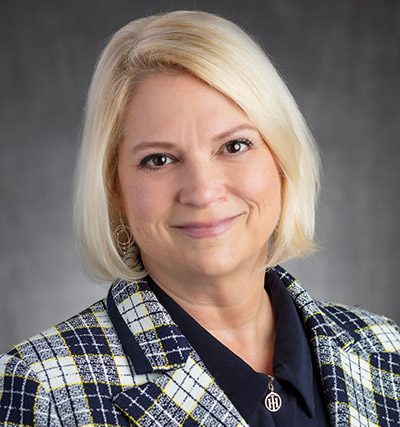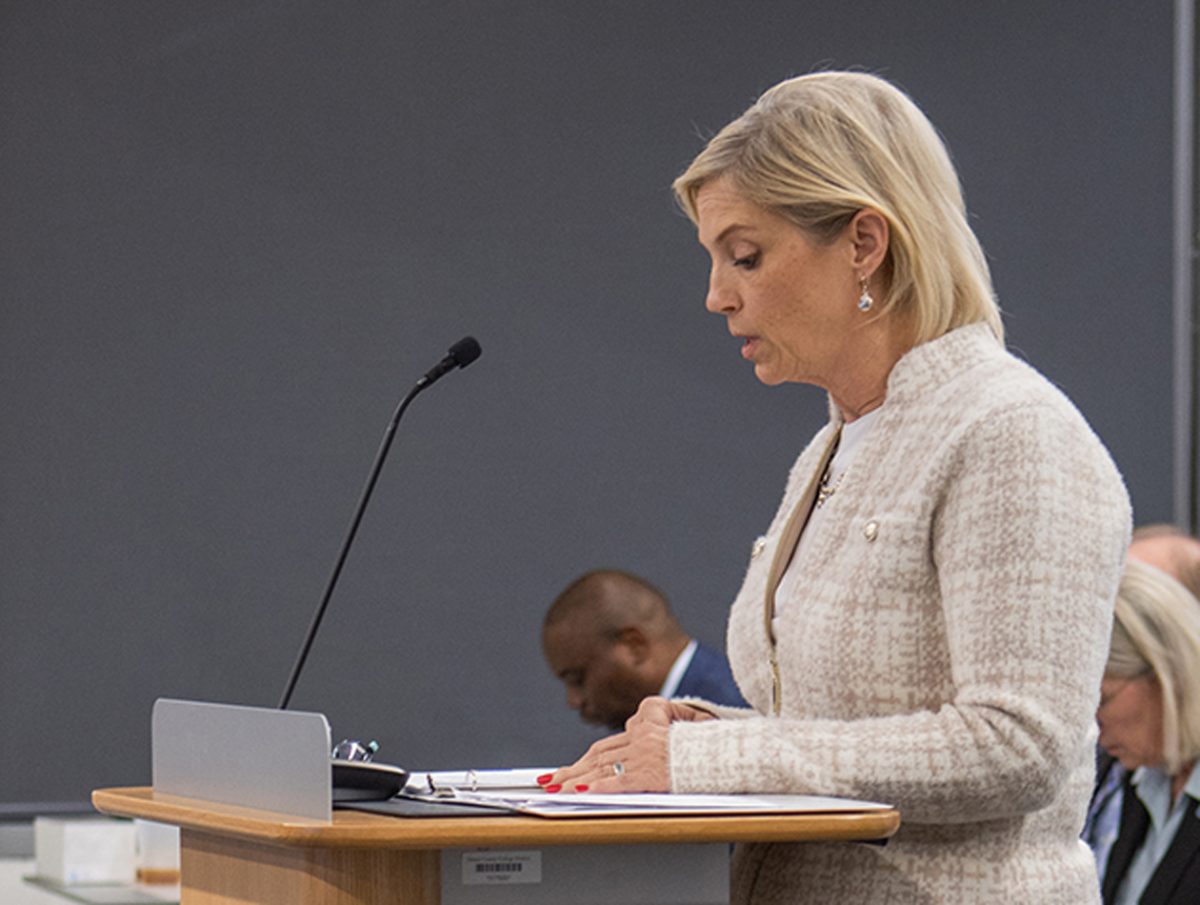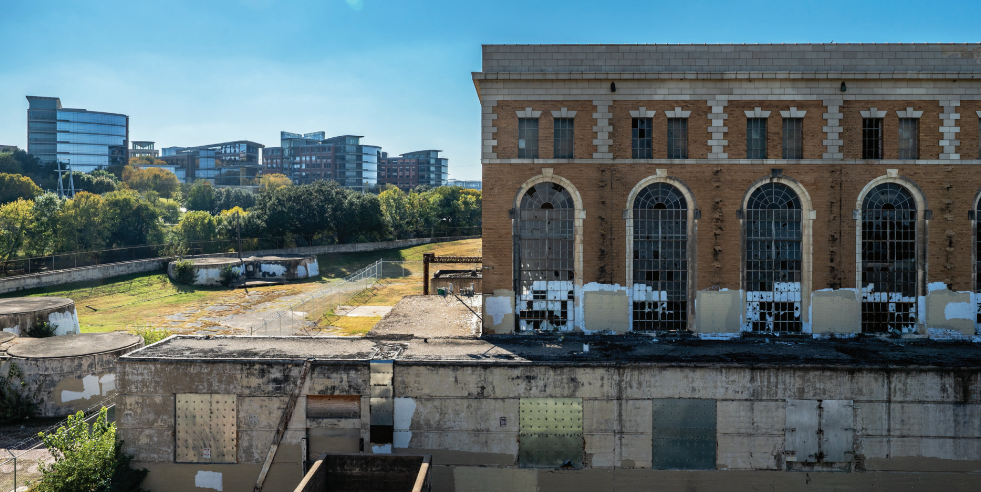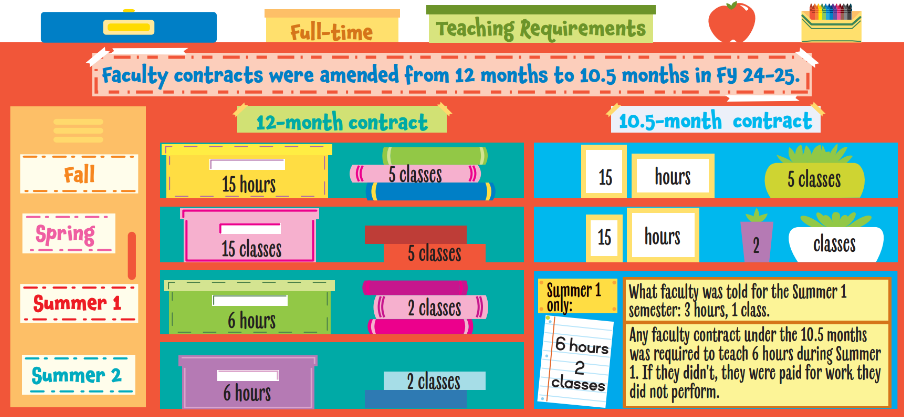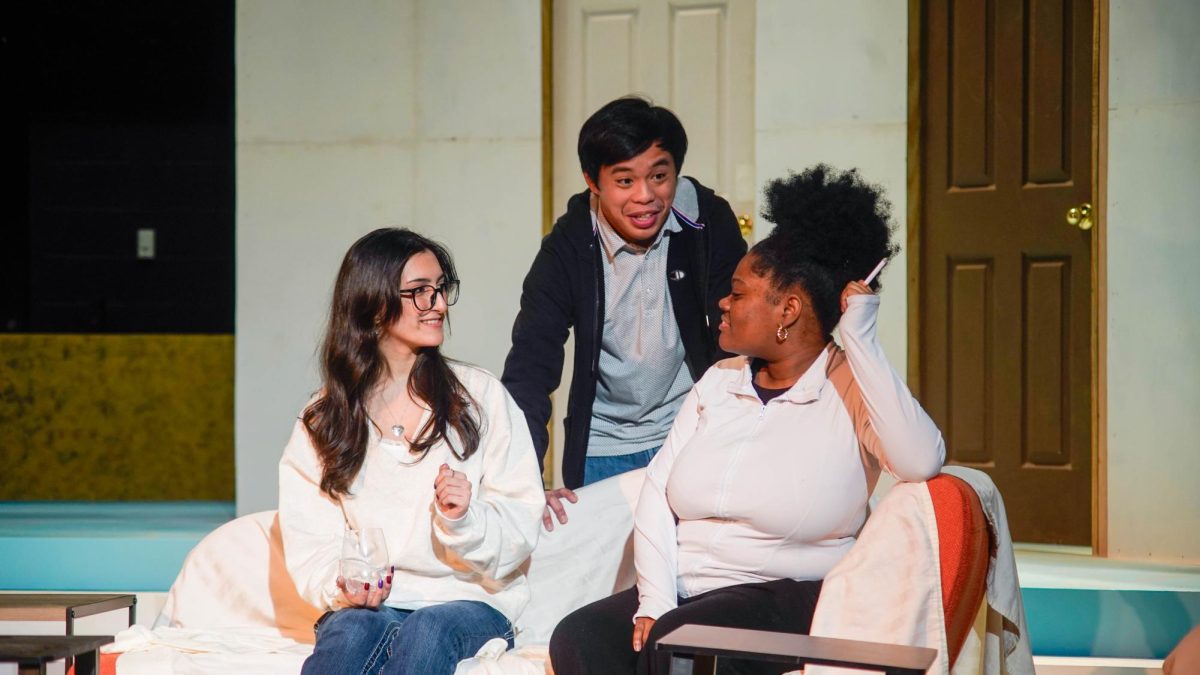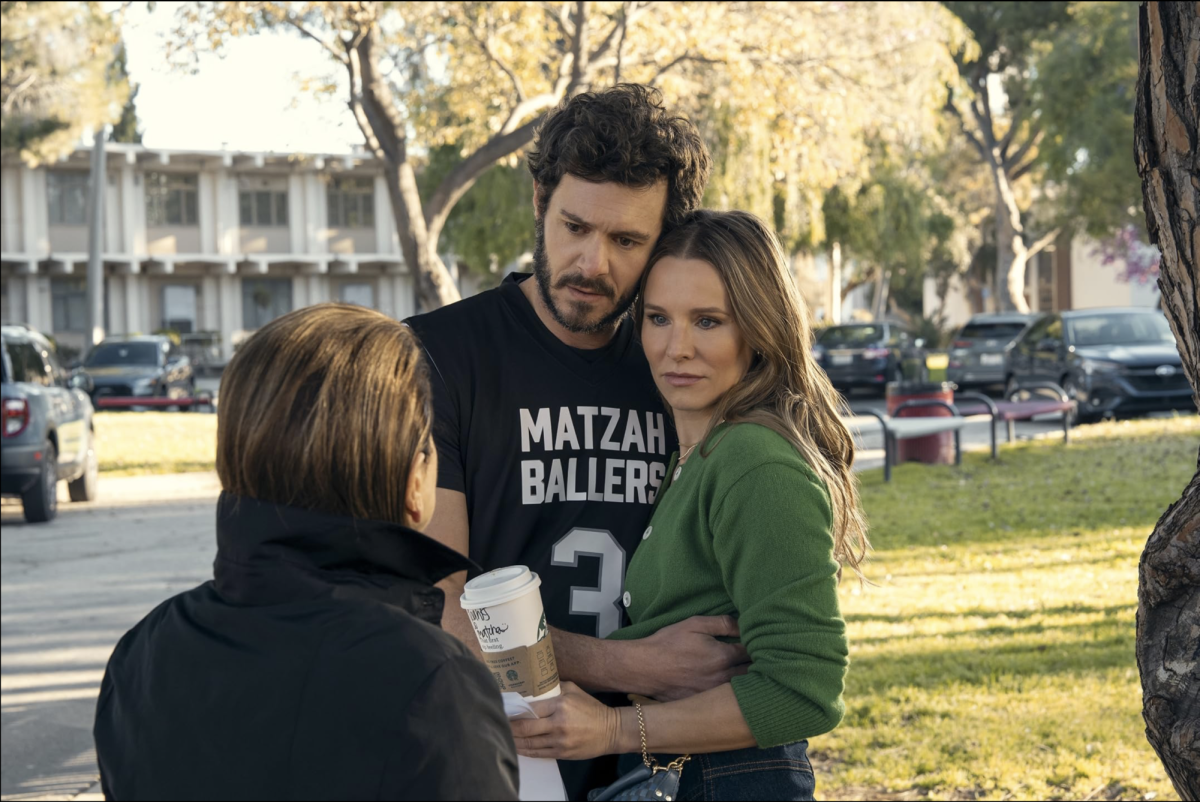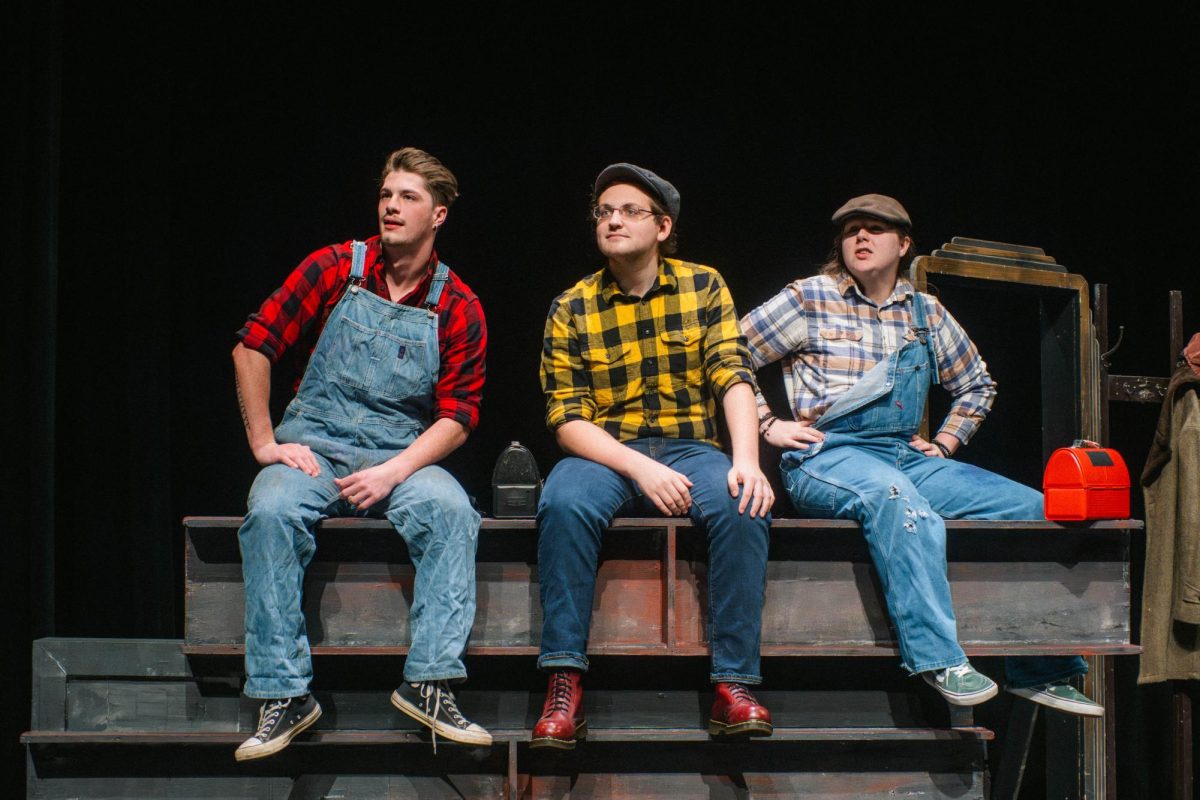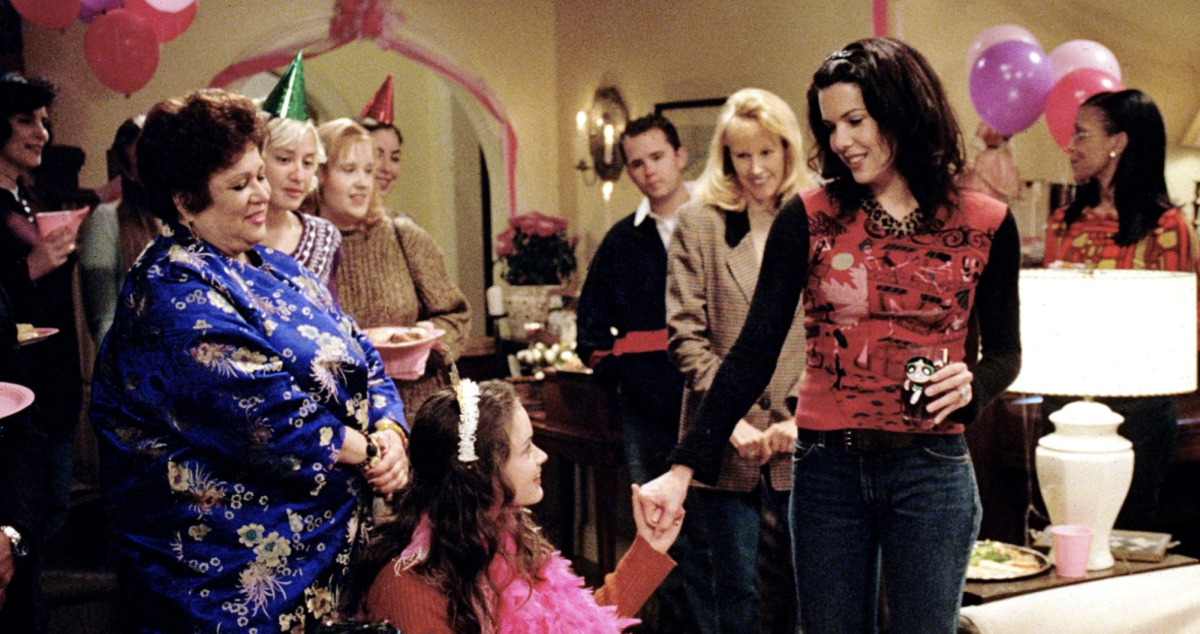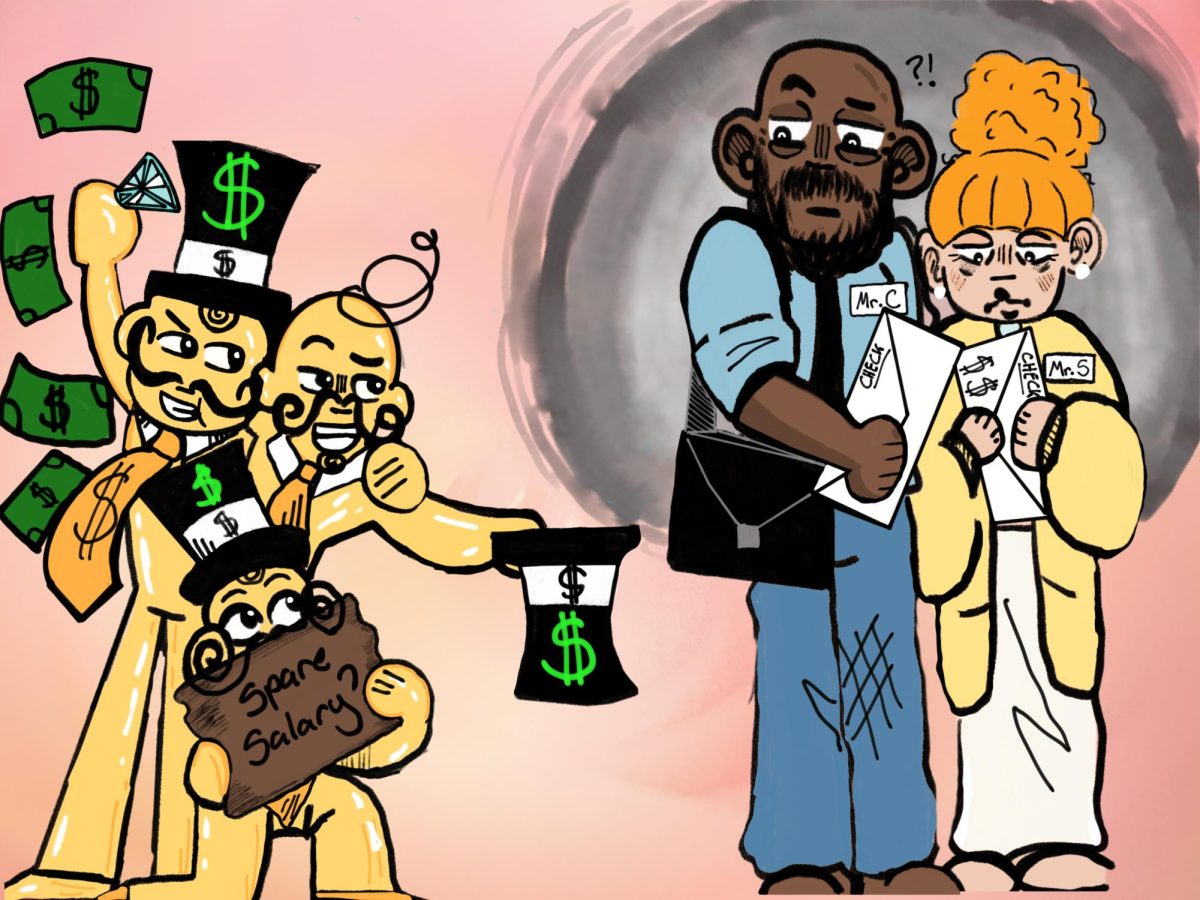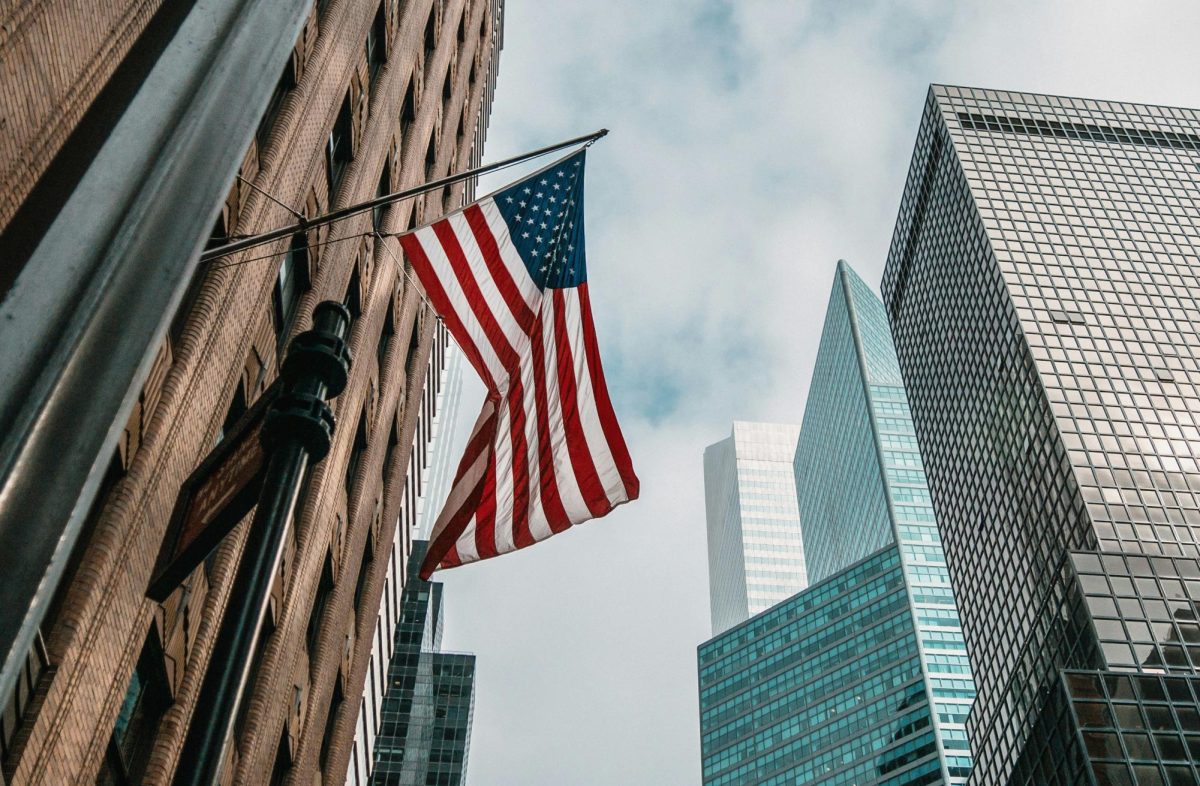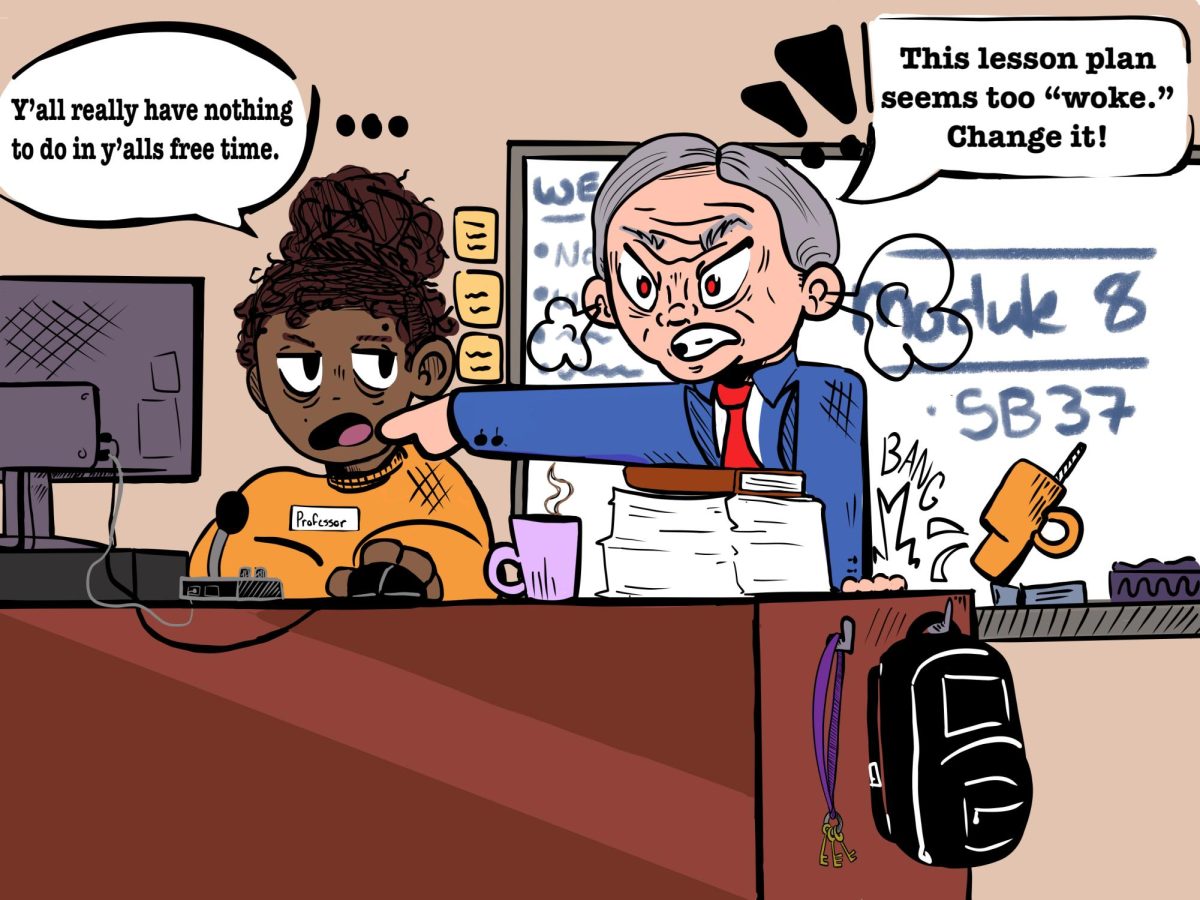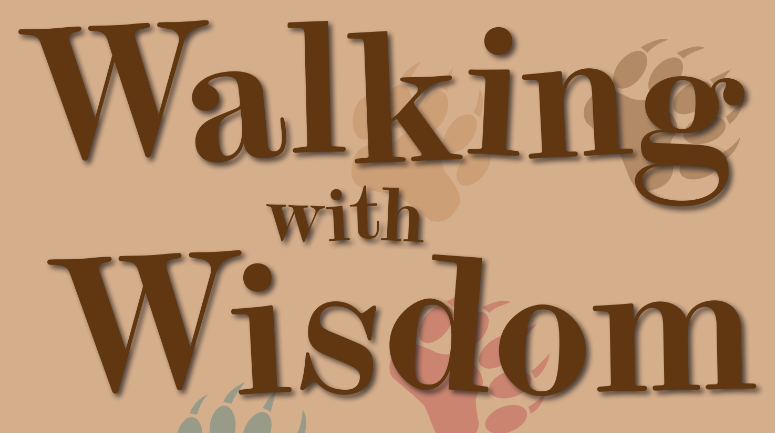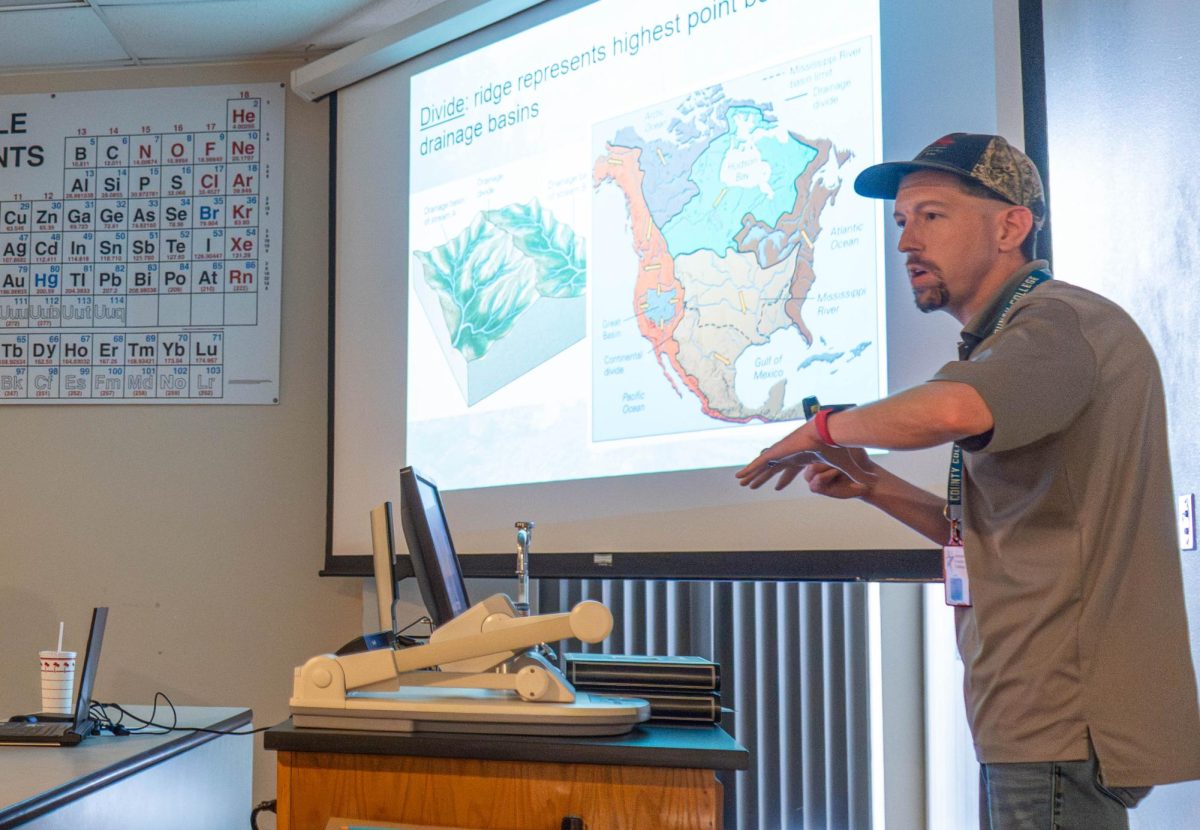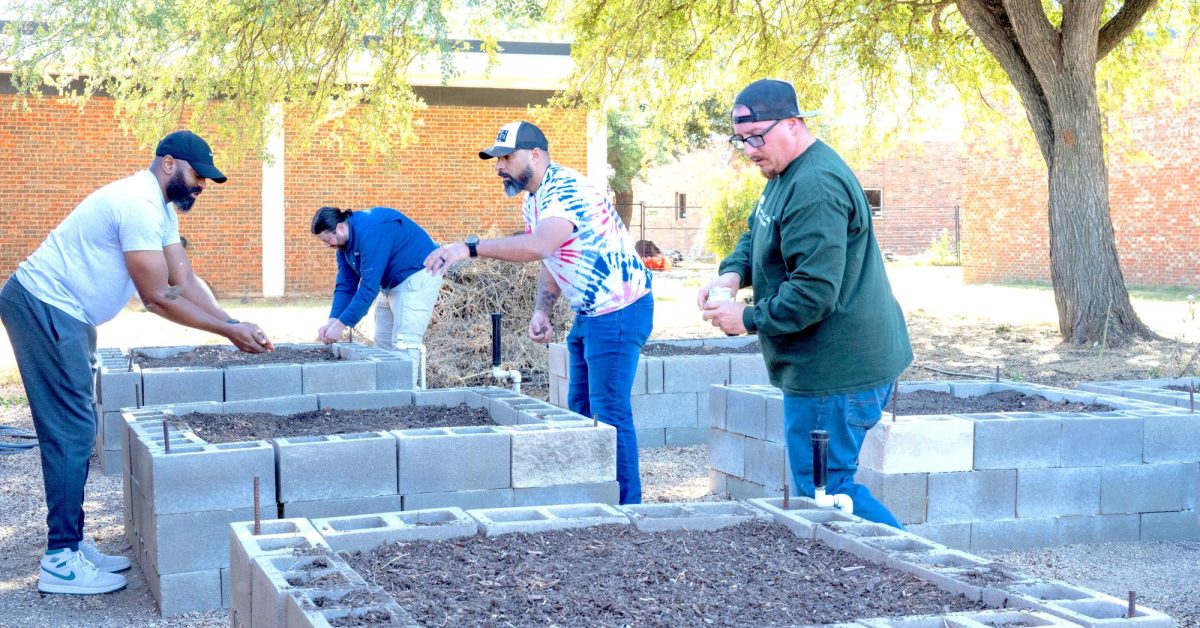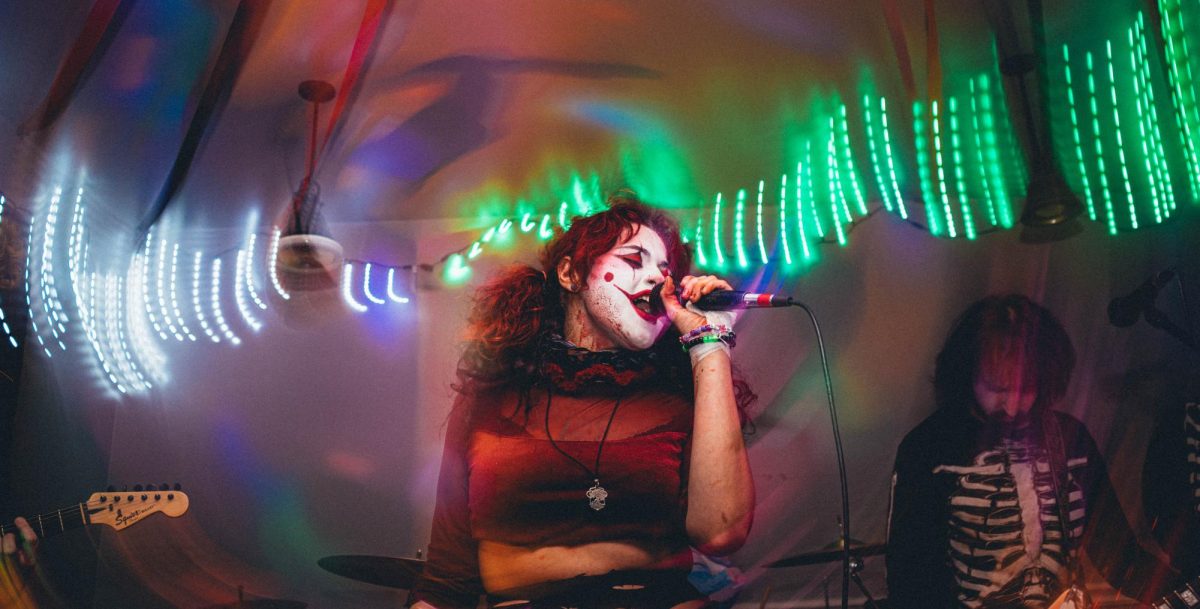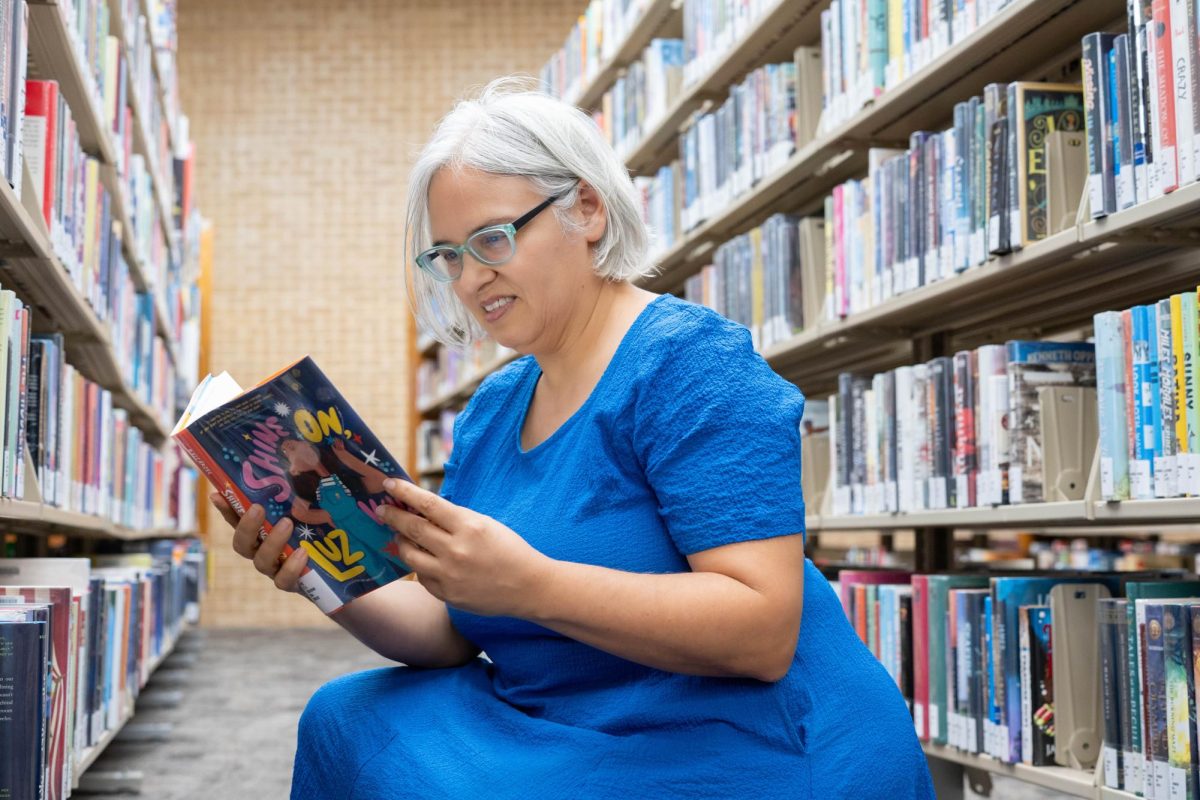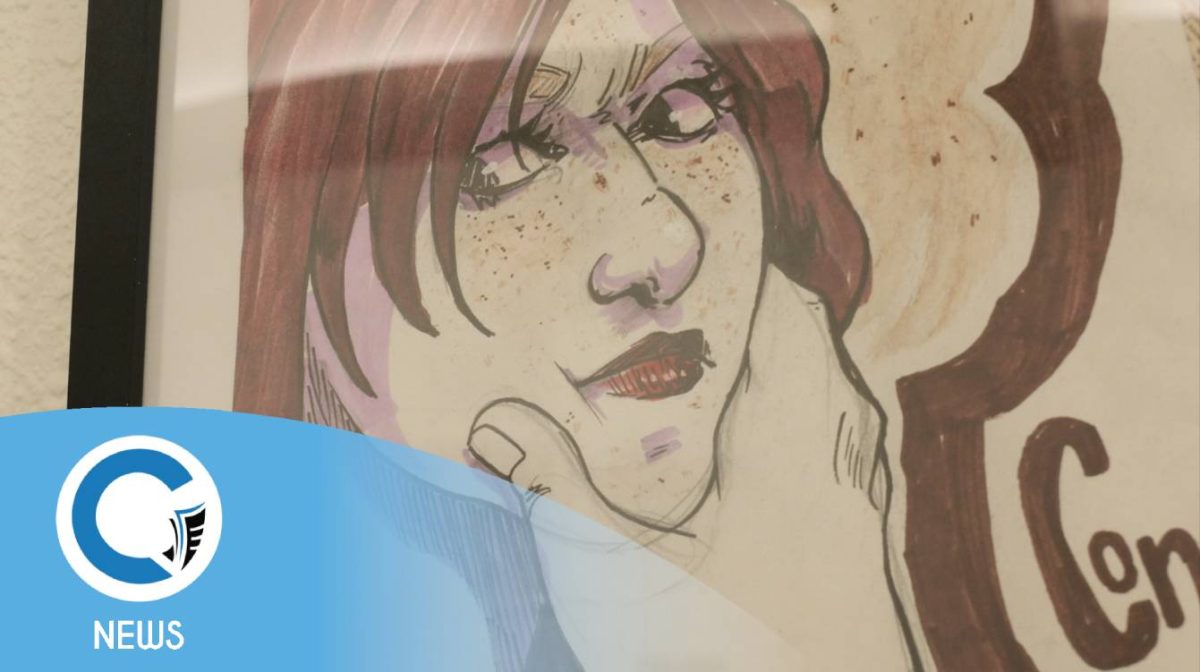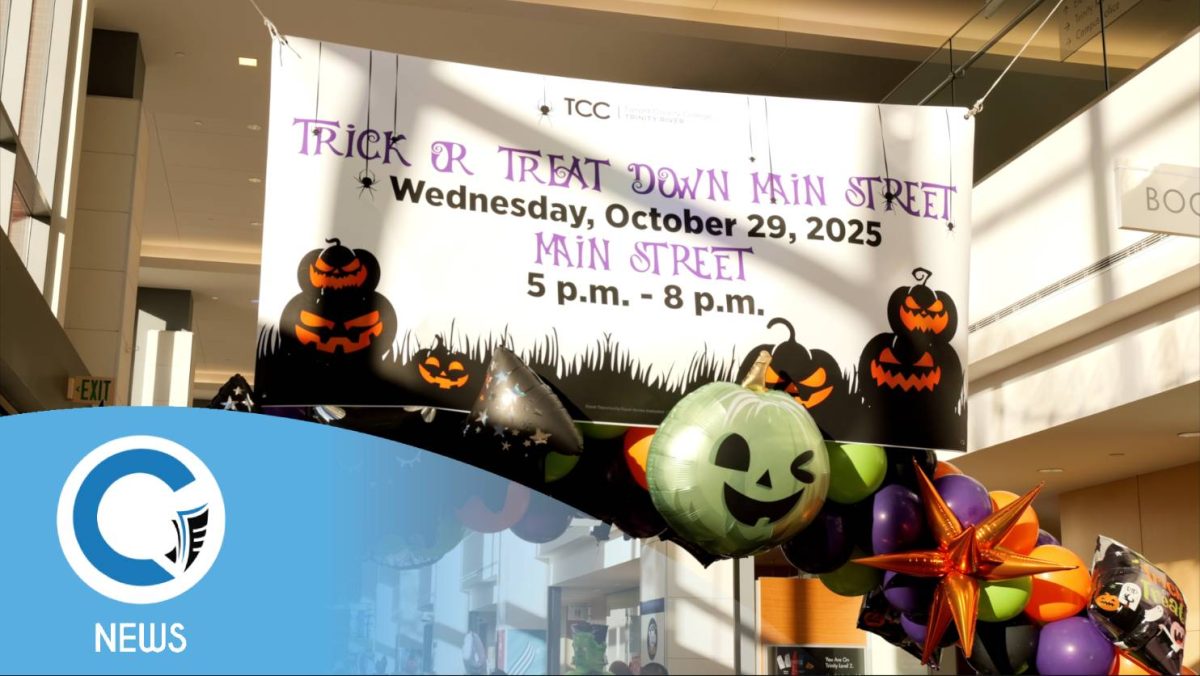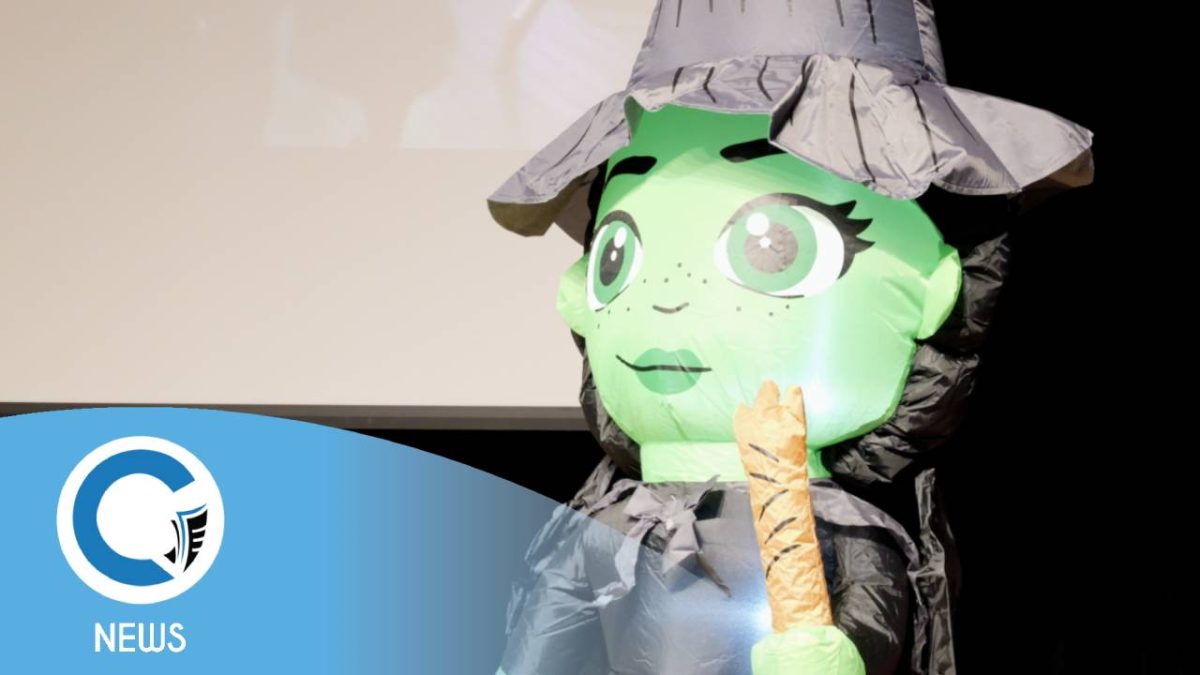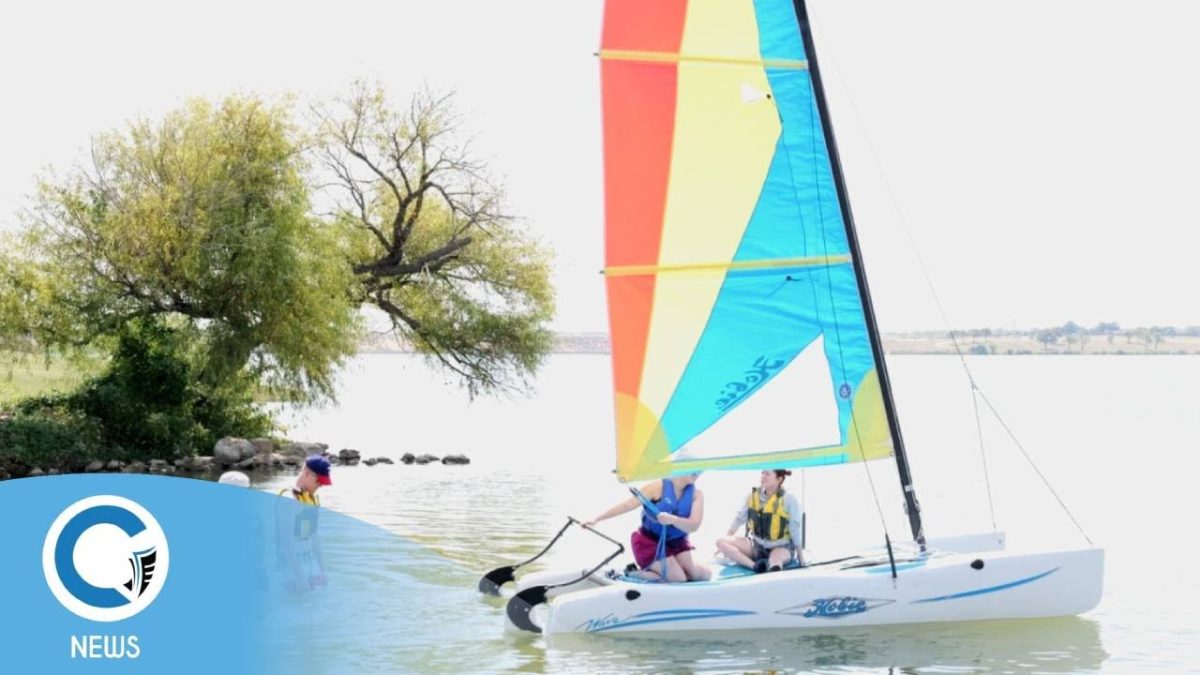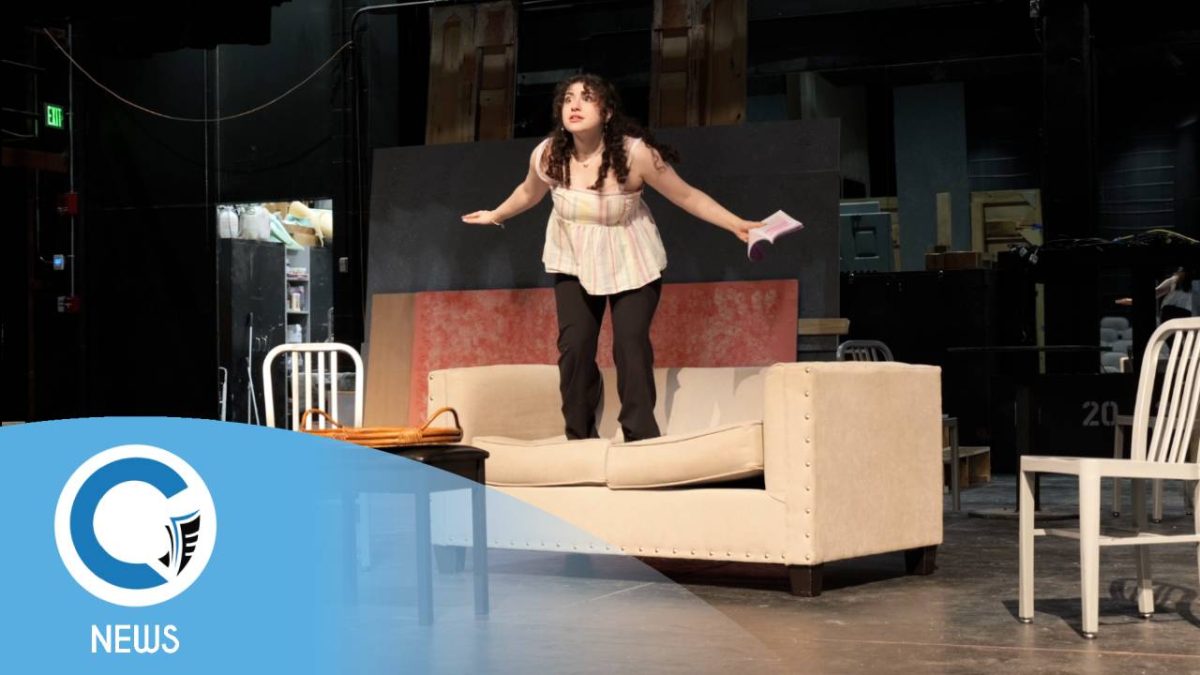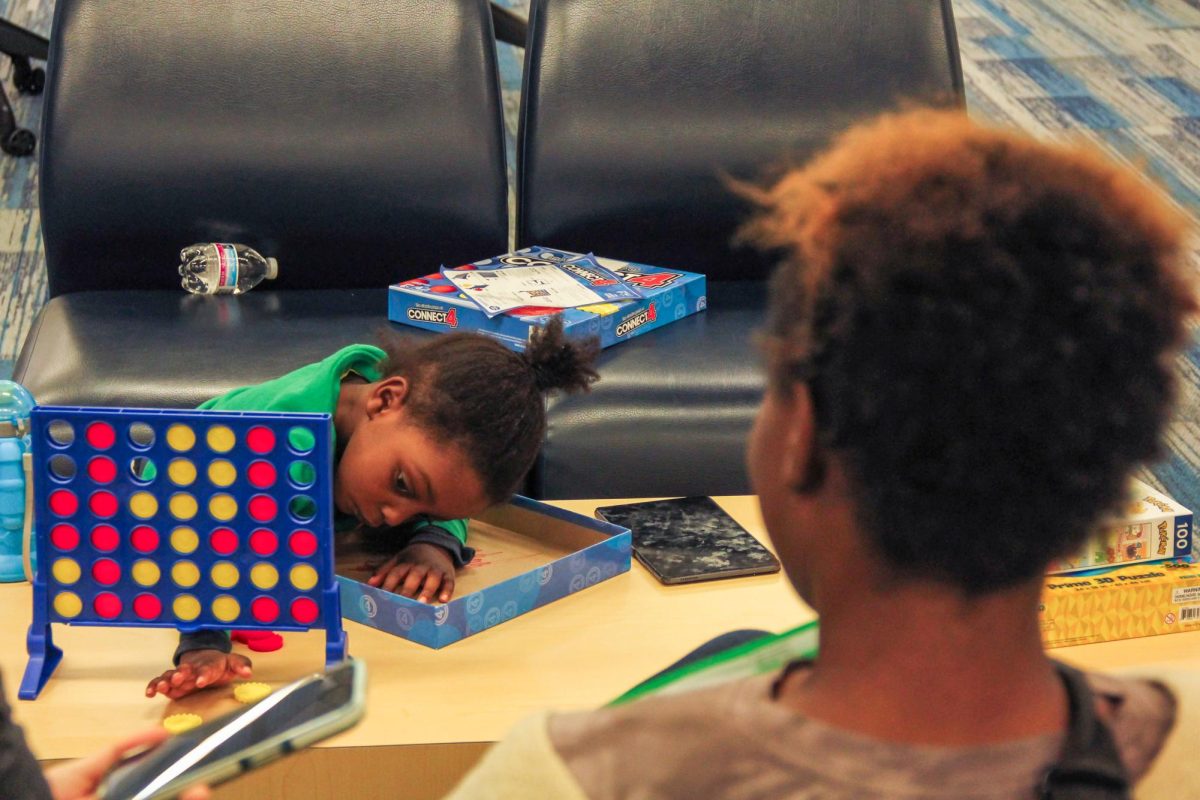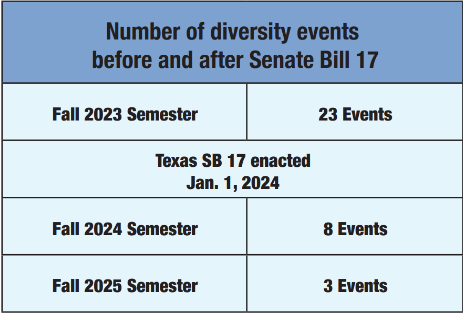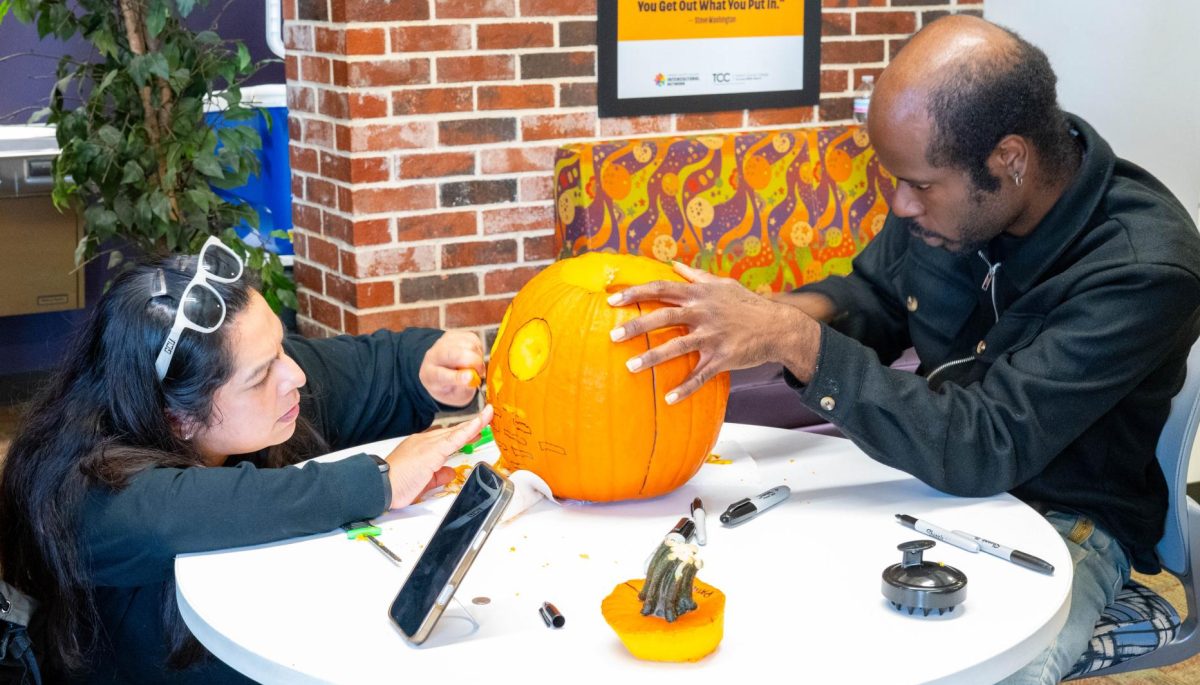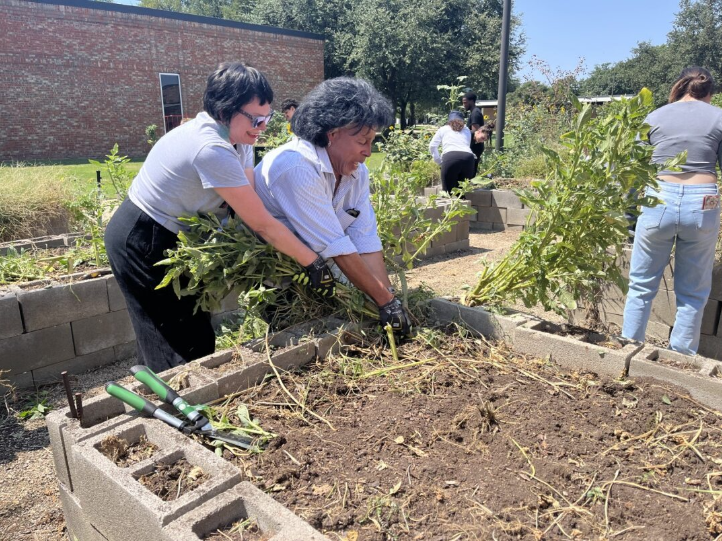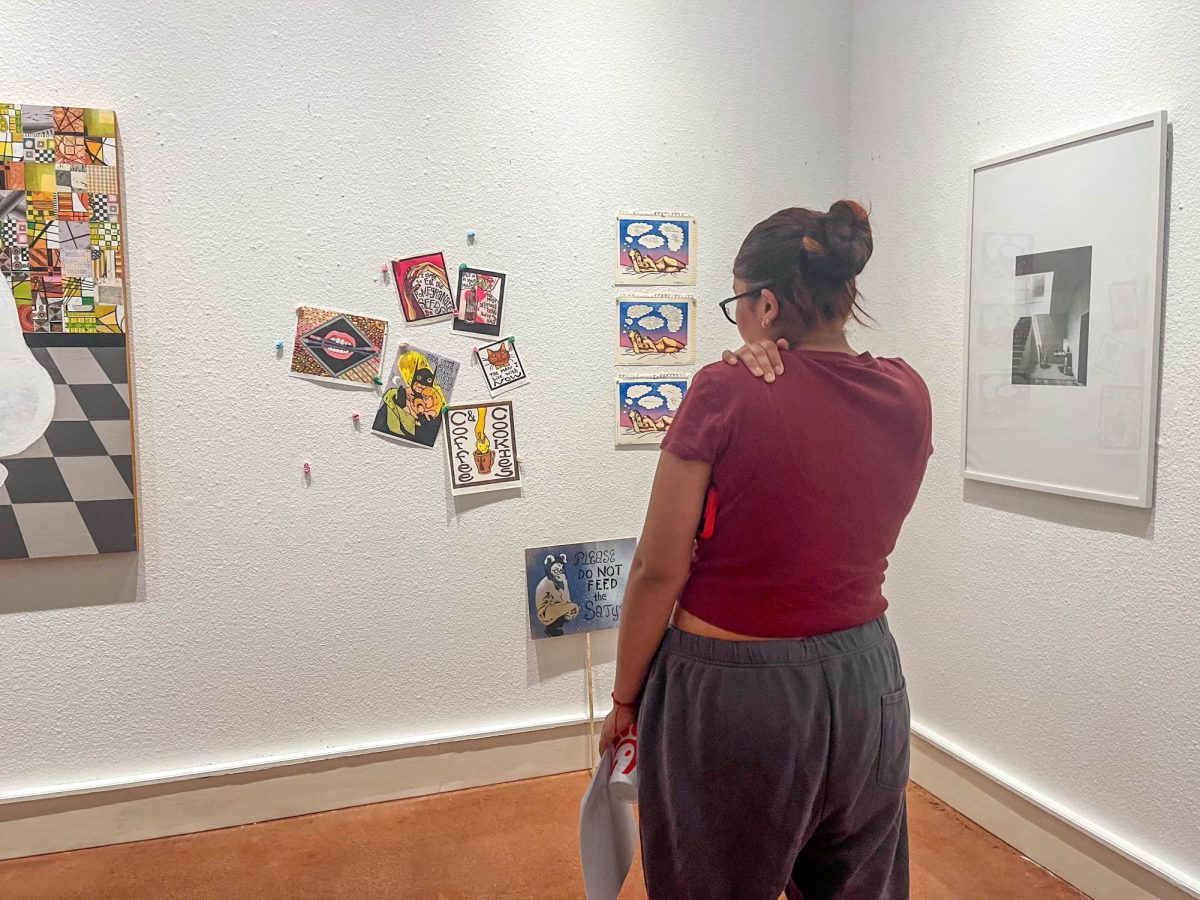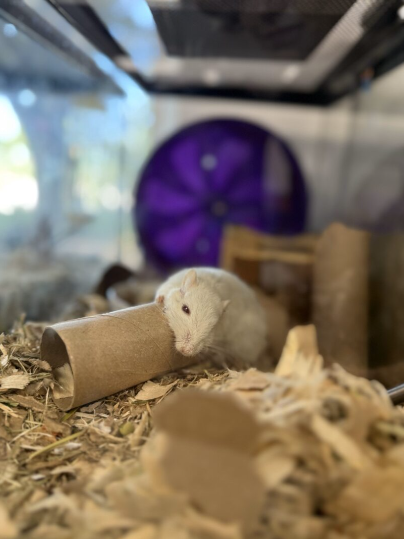Students and faculty gathered Jan. 29 on South Campus to learn about the significance of Braille and accessibility challenges faced by individuals with visual impairments.
Amanda Guerrero, an orientation and mobility specialist at the Lighthouse for the Blind of Fort Worth, emphasized the importance of Braille literacy along with assistive technology. Attendees learned about legal protections, gaps in accessibility and misconceptions surrounding blindness.
According to the Centers for Disease Control and Prevention and the Health Policy Institute, visual impairment and blindness are among the top 10 disabilities, with approximately 20 million Americans and 3% of children suffering from some kind of visual impairment.
Guerrero said in a world full of technological advancements, Braille is more important than ever before.
“Braille is literacy, and it’s one of those use-it-or-lose-it skills,” Guerrero said. “So, we want to make sure students are training their Braille skills in case they aren’t able to access the technology.”
According to the American Foundation for the Blind, the average cost for a refreshable Braille display is between $2,000 and $4,000, with more advanced options exceeding $5,000.

English instructor Mary Sabotin said she also believes in the importance of literacy and learning the skills necessary to live independently.
“If you’re in a situation where you can’t see, learn it,” Sabotin said. “It never hurts to have the knowledge because you might be able to help somebody else.”
Laws like the Americans with Disabilities Act of 1990 and the Education for All Handicapped Children Act of 1975 protect the rights of those with disabilities, including people with visual impairments.
Nonetheless, Guerrero said gaps still need to be filled in people’s understanding of Braille.
“Accessibility is a big issue,” Guerrero said. “I’ve seen interactions that make students feel small and put them in a shell.”
Restaurants aren’t required by law to have Braille menus, and Guerrero said that can lead to some issues.
“Some restaurants have them, but that’s the bare minimum,” Guerrero said. “The menus are rarely up to date. Imagine going out to eat with friends and their menus are completely different from yours.”
Guerrero said she wishes people would have a better grasp of how visual impairments play out in the real world instead of relying on media for knowledge.
“A lot of people assume everyone who’s blind automatically knows how to read Braille,” Guerrero said. “It’s not like the matrix where it downloads into our brains overnight.”
Guerrero also mentioned “Scent of a Woman,” a movie about a prep school student who cares for a blind, bitter ex-Army officer over a weekend as an example of how media don’t capture real life.
Students and staff can further educate themselves through a variety of resources like National Federation of the Blind, Braille institutions and Lighthouse for the Blind of Fort Worth.
South student William Scott said he attended the event as part of his responsibility as an employee of the Student Accessibility Resources office, but he left feeling more informed and educated on Braille.
“Honestly, I was not familiar with Braille before this event,” Scott said. “I was surprised by how much technology there is and how expensive it is.”
SAR director Kelli Frederick said this event was important for expanding her knowledge on new resources available for students.
“I think it’s so cool that you can have a computer program and cameras that can read Braille,” Frederick said. “Braille can be the key to success depending on where you travel and where you are in life.”

